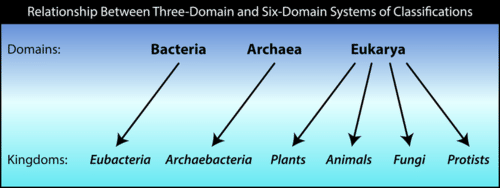Domain Bacteria Is Divided Into 5 Groups
These bacteria are capable of photosynthesis.
Domain bacteria is divided into 5 groups. I endospore forming bacteria. Autotrophic bacteria these bacteria prepare their own food with the use of inorganic components and solar energy. Regnum plural regna is the second highest taxonomic rank just below domain kingdoms are divided into smaller groups called phyla.
They use pigments dissolved in their cytoplasm for the photosynthetic reactions see chapter 5. Two groups of photosynthetic bacteria are the green sulfur bacteria and the purple bacteria. Intermediate minor rankings are not shown.
Microorganisms can define as the small living creatures that are sometimes not visible to the naked eye. Those bacteria that produce spore during unfavorable condition. In biological taxonomy a domain d ə ˈ m eɪ n or d oʊ ˈ m eɪ n latin.
These are further divided into two group. Traditionally some textbooks from the united states and canada used a system of six kingdoms animalia plantae fungi protista archaea archaebacteria and bacteria eubacteria while textbooks in countries like great britain india. According to this system the.
Life is divided into domains which are subdivided into further groups. Bacteria can be divided into two main groups gram positive or gram negative based on the structure of their cell wall and their reaction to thegram stain. Eubacteriales spherical or bacillary that comprise almost all the pathogenic bacteria and the forms photófas pseudomonadales an order divided into ten families among which are the pseudomonae and the spirillacae spirochetes treponemas leptospiras.
Certain bacteria are autotrophic meaning they synthesize their own foods. The cell walls of the gram positive bacteria are very thick and consists of peptidoglycan a complex polymer that consist of 2 unusual types of amino sugars linked to short polypeptides while gram negative bacteria their cell walls are. They can be classified on the basis of media in which the bacteria are growing.
